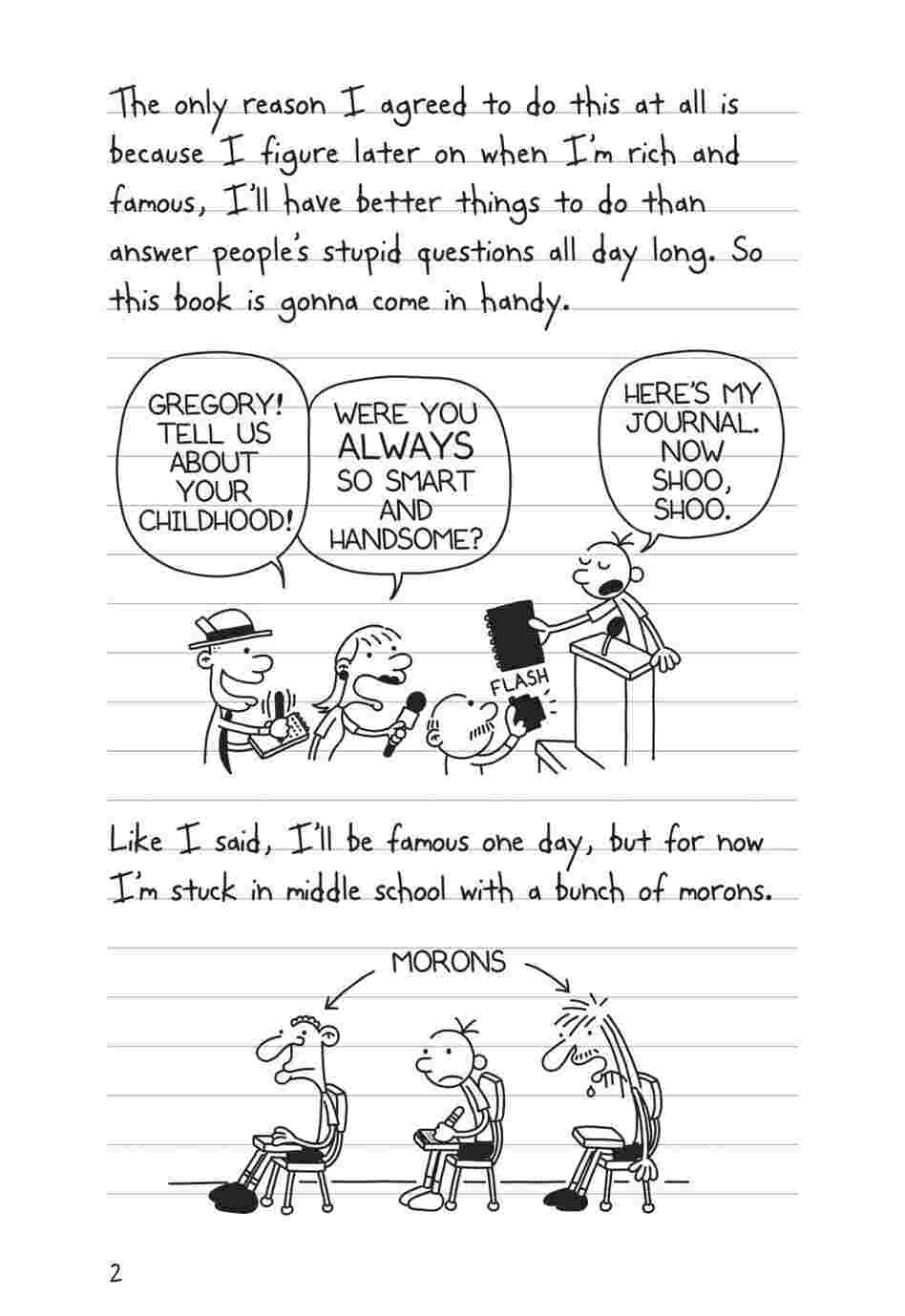Librarians have been debating the value and worth of comics for a while now. Back when comics were first starting out in the 1920’s, we didn’t like them. How much we didn’t like them depended on whether we thought comics were merely a waste of children’s time and taking time away from more quality literature, or if we thought they were actually hurting children with the use of violent imagery and vulgar language. Either way libraries most certainly wouldn’t be collecting such “trash.” Comics were maligned and ignored for so long that even in 2003’ Hammond stated that "graphic novels hadn't created a blip on my radar screen." In 2003, she was probably in the minority of librarians unaware of the format, but this is just an example of the hurdles comics must still overcome to gain recognition as a useful mode of imparting complex ideas.
Thankfully, librarians and comics have a come a long way since then. However, that negative image has been hard for comics to shed, even as more and more librarians accepted and even embraced them, parents are often hesitant to see comics and graphic novels as anything more than lesser reading material. Even though Hammond extols the virtues of multimodal literacies gained through reading graphic novels, she still seems stuck in the idea that superhero comics and manga aren’t of the same literary quality as “art graphic novels.” While that may be true in some cases, there must be some way to extol the virtues of “art graphic novels” without tearing down superhero comics and manga. If introducing youth to the multimodal literacies of comics is the goal, why shouldn’t superheroes and manga be considered just as useful?
Maliszewski provides a more balanced look at the school library graphic novel collection. She encourages librarians to collect works that are popular in addition to works with merit. Her problem arises when she tries to nail down a graphic novel canon for younger children. Admittedly comics aimed at younger children don’t have as extensive a history as comics aimed at teens and young adults, but I think she missed out on mentioning the Eisner Award winners in the Kids and Younger Reader’s sections, which reach back to 1996. Even in the last four years there has been an ever increasing boom of great comics for kids. Snarked by Roger Langridge won the 2012 Eisner Award for best publication for kids. The story is based around characters from Lewis Carroll’s Through the Looking Glass. It succeeds with plenty of adventure, royalty, and humor added to its cartoony, but detailed art.

As for popularity, the big trend of illustrated diary fiction (Diary of a Wimpy Kid, Dork Diaries, Big Nate being just a few examples) is often excluded from discussions of graphic novels. If we go by McCloud’s definition “juxtaposed pictorial and other images in deliberate sequence, intended to convey information and/or to produce an aesthetic response in the viewer,” then these books are indeed comics.

While each illustrated panel is often separated by a paragraph or two of text, the text itself is designed to both convey information, while also evoking an aesthetic response from the viewer that this book is in fact a real diary from a real kid. Any thoughts on why these sorts of comics don’t get talked about more often?